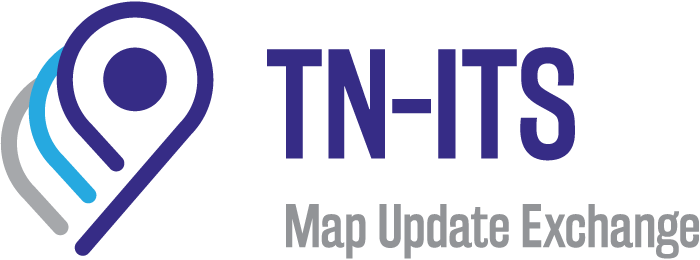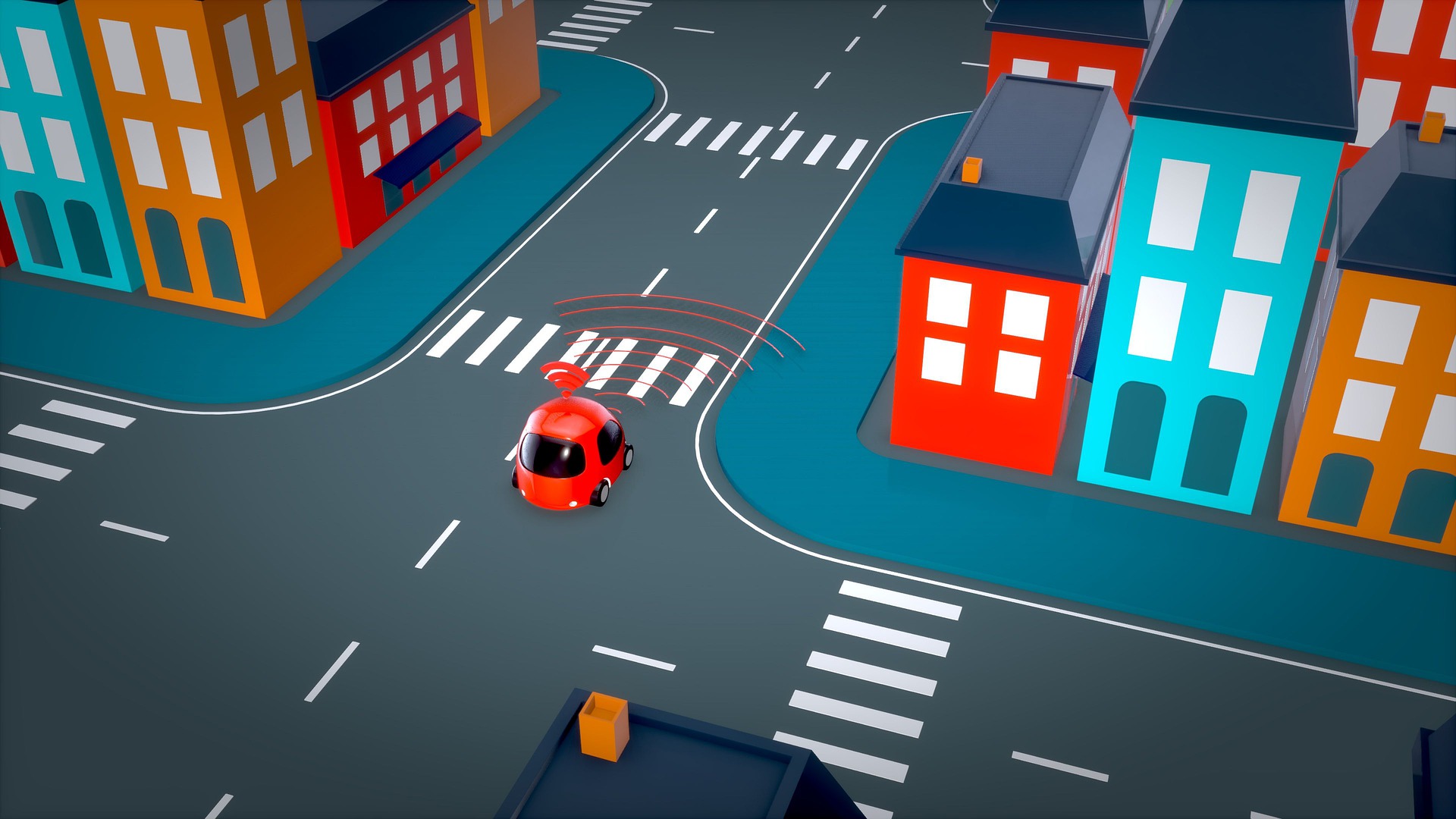The newly revised General Safety Regulation has made Intelligent Speed Assistance (ISA) mandatory in new types of vehicles, from M and N categories (cars, vans, trucks and buses) starting from 2022. The European Commission is currently drafting ISA technical requirements and future test procedures in a related ISA delegated act.
For years, speed has been one of the major causes of road fatalities. Intelligent Speed Assistance will relevantly increase traffic safety.
However, the current envisioned ISA deployments, based on camera-only systems, require a very costly up to date and well-maintained road infrastructure. Inaccurate or damaged road signs risk to be misinterpreted by the car, misleading the driver and causing accidents.
TN-ITS GO contributes to ISA’s success by deploying standardized advanced exchange and update mechanisms for digital map data. TN-ITS GO is planned to be a key part of the digital infrastructure of 14 European Member States and road operators by 2022.
Map data greatly contribute to ISA, since safe driving speed does not depend on the legal limits only, but also on other elements such as road topology and curvature, road and traffic conditions, which are often lower than the legal speed limit. Digital maps are able to reflect legal speeds on sections of the road network where implicit restrictions apply instead of sign-posted ones.
Antonio Avenoso, Executive Director of the European Transport Safety Council (ETSC) highlights:
“It is important that the minimum specification for mandatory-installed ISA systems in the EU provides for inclusion of GPS map-linked speed limit information as a backup and cross-check for information from the camera-based speed sign recognition system. This will ensure that drivers are still aware of the current speed limit when speed signs are not available, obscured or damaged. The risk of camera-only systems is that drivers will lose confidence in the system and switch it off. At worst, drivers could be given misleading speed limit information which could encourage them to speed, with an associated higher risk of collision, injury and death.”
Digital map data is also available for mobile phones applications, benefitting every road user. As such, it can guarantee a much faster uptake of ISA.
The TN-ITS platform, set-up in 2013 to facilitate and foster the pan-European harmonized exchange of modifications in road data between road authorities as trusted and quality data providers, plays a key role in this scenario.
Road Authorities publish changes of road data as part of their ‘base layer’ Digital Infrastructure data maintenance. Mapmakers retrieve, verify and integrate these changes in their databases and bring this to map users. Users and drivers can benefit from up-to-date fresh map data that will enable ISA or will support driver/traveler information systems on any platform, including mobile devices.
According to Christian Kleine, President of TN-ITS:
“it is now of utmost importance that the European Commission sets out realistic but still ambitious technical requirements for ISA, involving implicit speed limits and real-world map related data, in order to ensure an accurate representation of the reality on the road and actually improve road safety in the EU” .
Given the importance of saving lives on the road, the TN-ITS stakeholder platform encourages every Member State of Europe to join and implement this TN-ITS harmonized mechanism based upon the newly published European CEN Techical Specification (TS 17268).

